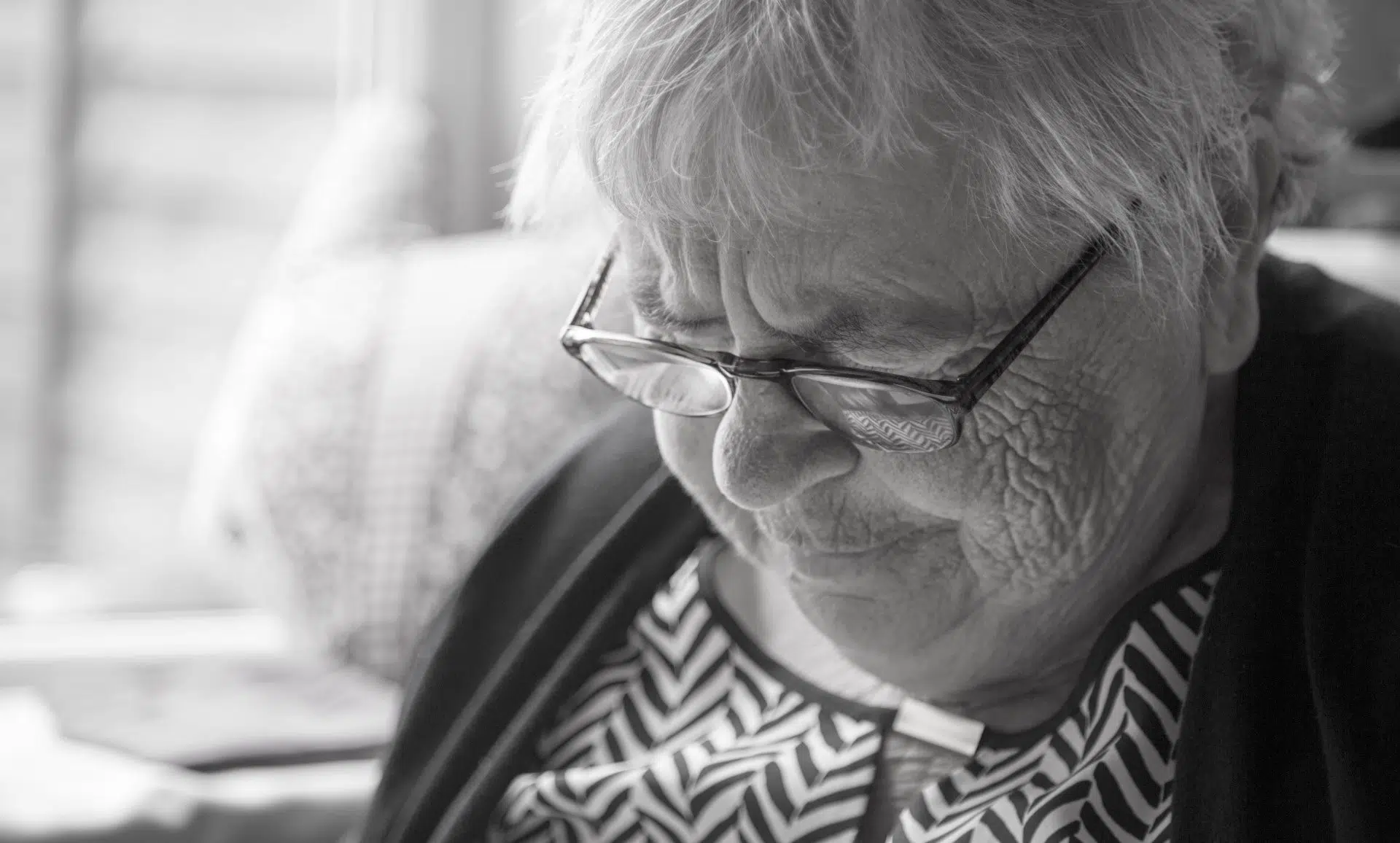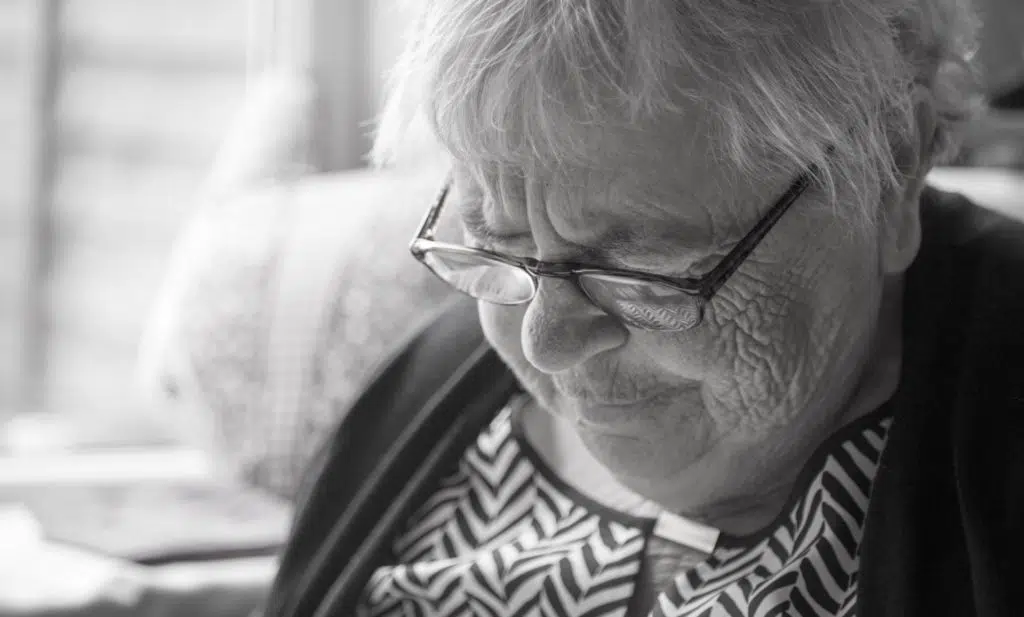Demography and Euthanasia

After decades in which the myth of overpopulation exerted a stranglehold on the popular imagination, due to its ubiquity in the mainstream media, governments, and non-governmental organizations, a different perspective is finally starting to get a hearing.
In recent months, a growing number of articles in major newspapers have drawn attention to the fact that in many developed nations decades of decreasing birth rates have brought us to the edge of a precipice: already populations in some nations (such as Japan) are plummeting, with many others set to follow soon.
It’s tempting for those of us who have warned about the risk of a looming demographic winter to say, “we told you so!” For years we have been mocked simply for pointing out obvious realities, e.g., that contrary to all the hysterical predictions by the likes of Paul Ehrlich and other population doomsayers, poverty and hunger have significantly fallen as the world population has increased, and that the maniacal obsession with reducing the world’s population would have dire long-term consequences.
However, the stakes are too high to waste time indulging in such self-congratulation. Right now, there is an urgent need for serious conversations about how to respond to the problem of underpopulation in a way that respects the dignity of the person and the moral law. If we don’t have these conversations now and start coming up with creative solutions, then we risk leaving the issue in the hands of people who are utterly unfit for the task.
People like Yusuke Narita, an assistant professor of economics at Yale University. As the New York Times reported recently, in a number of recent remarks Narita has pushed a disturbing “solution” to the population problem in his home country of Japan, i.e., mass suicide of the elderly.
“I feel like the only solution is pretty clear,” he said at one event in 2021. “In the end, isn’t it mass suicide and mass ‘seppuku’ of the elderly?” As the Times explains, “Seppuku is an act of ritual disembowelment that was a code among dishonored samurai in the 19th century.”
Narita has been bizarrely frank about his feelings on the matter, responding to one question from a boy about his mass-suicide proposal by pointing to the movie “Midsommar,” in which an elderly member of a cult is forced to commit suicide. Discussing the topic of euthanasia in one interview, Narita stated, “The possibility of making it mandatory in the future” will “come up in discussion.”
Japan: A Glimpse of the Future
That this suggestion comes from a Japanese professor, about Japan, is no coincidence. As I wrote a few weeks ago, Japan is giving us a glimpse of what lies ahead for many other nations, unless they find some way to boost birth rates.
After decades of a rock-bottom birth rate, the proportion of elderly in Japan is rapidly growing. This is, in turn, creating a vicious cycle. With the ever-dwindling number of younger people being tasked with economically supporting the growing number of elderly, the young are becoming even less likely to have children, which they fear they cannot afford.
In a healthy society, the family is the tight nucleus that provides a support network that ensures the safety and flourishing of each member of the family from birth through to death. However, with Japanese families being so small, or non-existent, many elderly are finding themselves completely alone in their old age, often having to work well past retirement age in order to support themselves. Some 30,000 Japanese die alone every year, with their bodies sometimes not discovered for days or weeks.
There are also signs that the young are falling prey to feelings of resentment towards the elderly, whom they view as an obstacle to their economic advancement. This growing resentment is what Professor Narita was giving voice to. It is also the sentiment expressed in Japan’s official entry for the foreign entry category of the Academy Awards. The film Plan 75 imagines a society in which Japan not only legalizes euthanasia for anyone over the age of 75, but also actively incentivizes it so as to ease the burden of the growing number of elderly on the economy.
According to this review, the film begins with a mass shooting at a retirement home – a sign of how public sentiment has turned against a demographic that people have come to view as parasitic. The film is not intended to promote this disturbing solution to the nation’s demographic woes. Quite the contrary. As the Variety review notes, the movie is characterized by a “kind of melancholy realism, as Hiyakawa (the director) focuses on how shabbily many elders are already being treated: abandoned by relatives, ignored by social services, left to fend for themselves.”
As such the film is a troubling bellwether, suggesting how the conversation about demography and aging is moving in a troubling direction.
The Elderly as ‘Undesirables’
“There is nothing new under the sun,” said the author of Ecclesiastes. “What has been will be again, what has been done will be done again.”
Unfortunately, this principle seems to apply to the greatest evils perpetrated by human beings. It was less than 100 years ago that the eugenicists achieved their greatest “triumph” in the Third Reich, in which Adolph Hitler systematically applied their principles to “weed out” human beings considered “undesirable.” Into this category Hitler placed not only Jews, but people belonging to a variety of other categories, including the disabled and the sick. Such people were considered a “drain” on the state and needed to be liquidated for the sake of the “common good.”
As anti-euthanasia activist James Schadenberg wrote recently,
Dr. Narita’s predictions of mandatory euthanasia are shocking but not without historic precedence. Societies have never been immune from reducing vulnerable groups to ‘undesireables’. As seen in the eugenics and euthanasia programs of the 20th century, human rights are sometimes ignored to ‘deal with’ the financial strains attributed to these groups. Dr. Narita is not the first person to suggest euthanasia as a method to reduce healthcare spending, nor will he be the last.
The culture of death is a devouring beast that feeds on human lives. For many decades in the West now, the main area in which the culture of death has manifested itself is at the beginning of life. The body count is staggering to consider: many hundreds of millions of aborted preborn children. In addition, there are the countless children who were never conceived in the first place, due to the widespread deployment of anti-life contraceptive technologies.
Having been so successful in preventing and killing human life at the beginning of life, the culture of death is now turning its attention to the end of life, having created the very conditions that make further killing seem to some to be the only “reasonable” solution to the problem that it created in the first place.
Watching what is happening in Japan, and which is beginning to occur in many other nations, is heartbreaking. The emerging social conditions, characterized by growing loneliness, division, and mutual resentment bears little in common with the ideals of solidarity, respect, and compassion expressed in Catholic social teaching.
Consider the view of the elderly outlined in the Pontifical Council for the Laity’s (PCL) document “The Dignity of Older People and their Mission in the Church and in the World.” That document assumes that the family will be the glue that holds the society together, putting the young and the elderly into a mutually beneficial and enriching relationship.
“Older people have a right to a place in society and even more so to an honored place within the family,” writes the PCL. “The family is called to be a communion of persons. It needs to be reminded of its special mission to foster, manifest, and communicate love, and its duty to provide assistance to its weaker members, not least the elderly, and surround them with affection.”
Within the context of the family, the elderly can benefit from the care of the young, while the young can benefit from the wisdom and experience of the elderly. Both benefit from being embedded within a relationship of self-giving love that opens their eyes to the transcendental dimension of human life, in which each human life is understood as having a value that is infinitely greater than any practical contribution a person might make to the economy.
However, with the family having been decimated by a culture of death that has promoted divorce, childlessness, and selfish hedonism, the vulnerable are now finding themselves exposed to the harsh winds of brutally impersonal economic and social calculations. As the PCL warns, “The exclusion of, or blindness to, the transcendental dimension, typical of our own times, is increasingly promoting a tendency to appreciate life only in so far as it produces pleasure and well-being, and to regard suffering as an intolerable burden which needs to be eliminated at all costs.”
The result is the elderly are finding themselves increasingly categorized as “undesirable.”
The Life You Save May be Your Own
The diabolic vision of Professor Narita, and the cheery, whitewashed, murderous future envisioned in Plan 75, are worlds apart from the Church’s vision of a “civilization of love” predicated on solidarity. However, as James Schadenberg rightly noted above, Narita will not be the last to raise mass euthanasia as a desirable “solution” to our demographic winter.
Indeed, as far back as 1980, Fr. Paul Marx, OSB, the founder of Human Life International, foresaw that the ship of our culture was headed towards this iceberg. In time, he warned in an article on euthanasia, not only would euthanasia become legalized, it may well become compulsory.
“We are witnessing the multinational buildup of one of those ‘structures of sin’ of which Pope John Paul II speaks,” wrote Fr. Marx, after describing the growing efforts to break the taboo against legalizing euthanasia. “Our task is to hinder completion of this structure as far as we can, to halt it, if possible, to dismantle it, and most of all, to replace it with something more humane. It will call for all the effort and all the creativity we can bring to it. If we fail, the probability of worldwide euthanasia becomes a certainty.”
Chillingly, Fr. Marx warned that our efforts to fend off legal euthanasia could have profound personal consequences. The imperative to fight efforts to legalize euthanasia is not merely a matter of preventing others from doing something profoundly immoral and destructive of the social order (i.e., ending their lives). It’s also a matter of protecting ourselves from being killed against our will, he noted.
“Whether we wish it or not, we ourselves will be as likely to die by someone else’s hand as any other way – and the younger we are at this moment, the greater the likelihood,” wrote Fr. Marx in that article. “As the American saying has it, ‘The life you save may be your own.’”
Chilling words. But worth heeding as we see a professor at one of the most prestigious universities on the planet suggesting that the elderly may have a moral responsibility to end their lives, and as we watch nations like Canada, which have legalized assisted suicide and euthanasia, hurling themselves headlong down the slippery slope.


